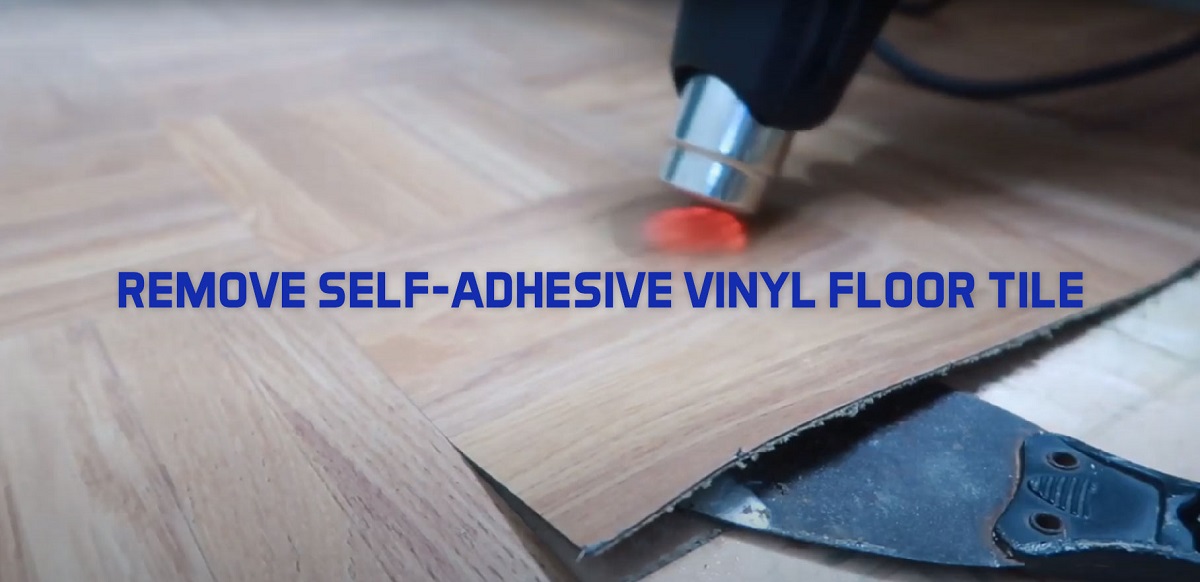There are lots of ways to get glue and adhesive off the floor from diy methods to rented machines.
Dissolve laminate flooring glue.
Removing the glue from floors after a tile removal.
If this is the case the flooring cannot be reused and you can use a pry bar and floor scraper to remove the flooring.
Vinyl tiles and sheet vinyl as well as some types of hardwood.
Next move about 12 inches to the right or left and cut a strip parallel to the first.
Laminate flooring comes in a range of styles and formats such as tiles glue down strips and woodlike planks that are installed in a floating format on top of the subfloor.
To remove any remaining backing apply heat to the floor in small sections using a wallpaper steamer a heat gun or even a hair dryer.
If your floor was installed more than a few years ago individual pieces of laminate flooring might have been held together or secured to the floor with adhesive.
Glue down laminate flooring is generally thought of as higher quality than the floating floor variety.
To remove adhesive from laminate flooring that is truly stubborn or thick sandpaper can reduce the glue to a more manageable amount that you can completely remove.
Remove the underlying paper backing and or adhesive.
Sure it s a bit more expensive and time consuming to install than floating floors are but once glued in place this type of flooring tends to hold up better than the floating floor variety over time.
A glued down floor refers to flooring installed on a concrete or plywood subfloor with adhesive.
How to remove a glued down floor.
First the tile itself is taken up either cut pried or chiseled from the floor.
Sanding carpet glue off of wood floors requires a gentle hand and the proper tools.
Thankfully even if the glue has dried with a little effort these methods will clean away the adhesive without damaging your floors.
When tile is removed it is frequently a two part process.

